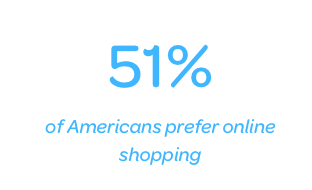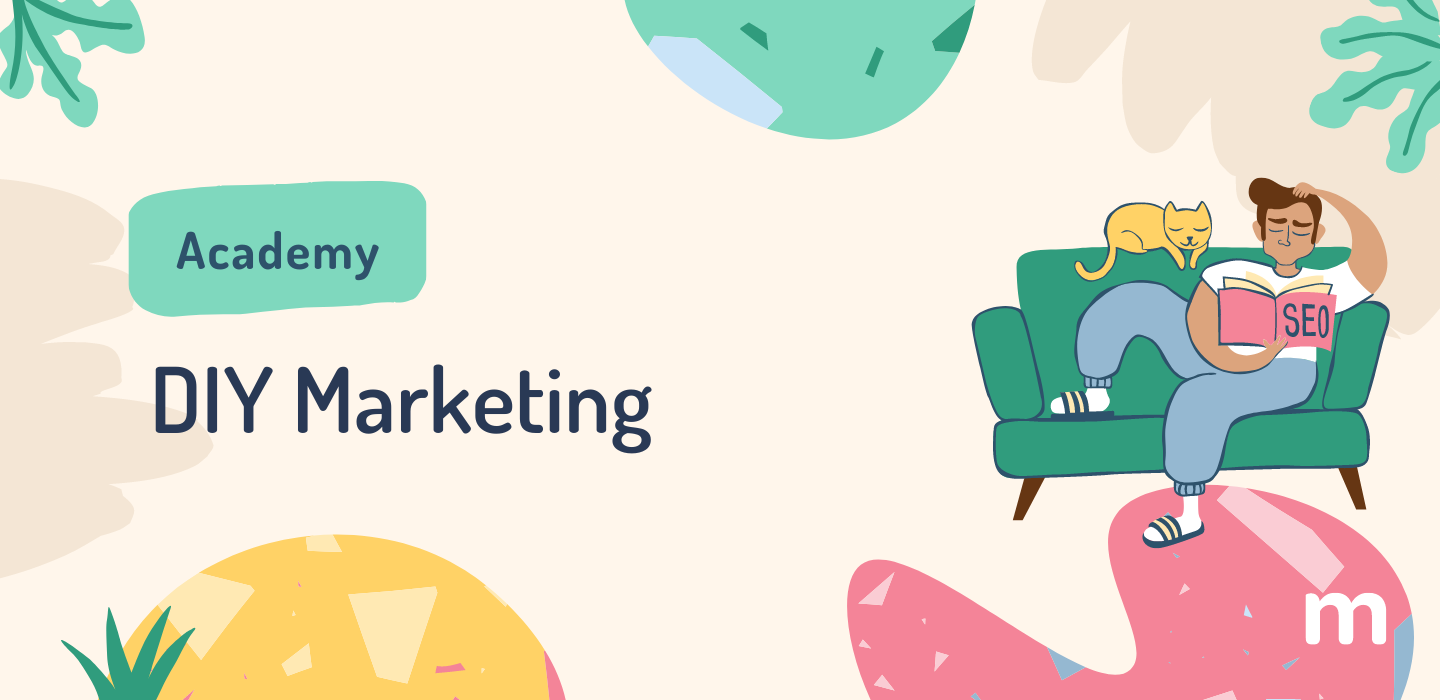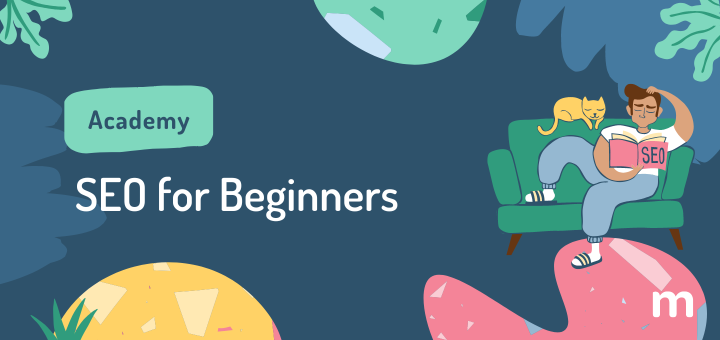As small businesses, we know that is it often a good idea to focus on what we’re good at, excel at it, and outsource the rest. We all want to be efficient and effective at what we’re doing and sometimes this is the best way. But today, we want to make the case for DIY Marketing.
Using DIY tools allows you to take complete control of your business, and learn skills you can apply in another venture. Moreover, when your business grows, there will come a time where you simply can’t do it all yourself or within a small team. When you have a third party perform these services for you, you will have a very clear idea of what you want, what works and how it works. You will still be in total control of your business!
DIY SEO
Organic Search is one of the most effective lead generating channels. Although SEO is intensive and constantly changing, it is very effective if executed properly. If you find it difficult to find an SEO service or agency which fits your budget and specific needs, and SEO is something you know you should be doing, but you don’t understand it or don’t know where to start, DIY is the way to go!
2DogsMedia makes a good list of Free SEO tools available for small businesses, as does Fit Small Business, going even further and doing comprehensive reviews for free and paid SEO tools.

DIY Social Media Management
3 in 5 SMBs say they’ve gained new customers by using social media. Social media is especially important for small enterprises because the numbers show it drives new business and increases sales. Over 68% of consumers check out companies on social networking sites before buying.
Additionally, social media marketing increases awareness of your brand and is an efficient and inexpensive way to improve customer service and satisfaction. Many businesses outsource this to agencies, but doing it yourself will give you incredible insight into what your audience is responding to.
Buffer and SproutSocial are both straightforward tools to schedule your posts on social media and check your analytics. Buffer has a free plan and Sprout has a trial which you can sign up for to see if it works for you. They both get great reviews from users, and if you don’t have a budget for a social media tool, Buffer will fit your needs just fine.

DIY Website and Storefront
If you sell items through your site or have the intention of doing so, the e-commerce storefront model is something you can take advantage of for conducting business transactions online. The benefits to your customers are clear, as they have your store at their fingertips and can place orders anytime. It’s important to offer this convenience.
Additionally, the data you will get from your customers will allow you to offer more customized offerings. Luckily, setting up a store is incredibly easy, with a lot of DIY ‘sitebuilders’ aimed specifically at storeowners; you don’t have to depend on a development team to set up shop!
The folks over at Zapier made a complete list of resources for building your store site.

DIY Content Creation
At this stage of the game, we all know content marketing works! The challenge is to create high-quality content on a regular basis that will appeal to your customers.
There are plenty of guides on how to adopt a content strategy that works for you, but the bottom line is that content creation is something that you must be doing, and the case for DIY here is that you will probably do better if you create or curate the content yourself.
Why? Because you are the one who knows your customers, receives suggestions, complaints, and questions, and can better experiment with what content works best.
- Having at least 24 blog posts can increase traffic to your blog by 30%, and having more than 50 posts can lead to a 77% boost in traffic.
- The most successful content marketers are more likely to have used case studies (73%), e-books (67%), long articles (62%) and research reports (40%). (Source: Content Marketing Institute)
- Virtual events/webinars/online courses produced the best results for content marketing in the last year (58%) (Source: Content Marketing Institute)
Feedly really gets it right when it comes to helping you deliver relevant content. All you have to do is pick your interests, set your preferences and you will get a ton of content which you can then curate and share with your followers and community.
Additionally, never underestimate the power of LinkedIn! By joining groups relevant to your industry and business, and getting acquainted with the community, you will get plenty of ideas for content, from frequently asked questions to hotly debated topics. You can even meet members who would like to guest post on your blog!
Finally, your own site, social and blog metrics will always be your best source of information on how well your content is doing with your audience, and what you should continue experimenting with, be it the hour or day you post, the type of content you share, the reach you get or the platforms you use.
DIY Paid Advertising
Move over, traditional advertising! You can take control of your advertising with social platforms and paid search result ads (PPC). While PPC is trickier to master, it is a great traffic source – and while you learn, you’ll be even more familiar with the concepts of search, keywords and how they affect your business.
These concepts will also help you while you’re DIY’ing your SEO! Besides PPC, you can also use social platforms for advertising, which can be more cost-effective, and the learning curve is not as steep.
- HubSpot’s State of Inbound Marketing says that 77% of B2C and 43% of B2B companies say they’ve acquired customers through Facebook.
- A full one-third of businesses report getting leads from Twitter.
PPC:
It is important you first determine if you should go for PPC (pay-per-click). It yields good results, but you should analyse everything from how much you’re willing to spend, to your industry, to the keywords you rank well for before you decide to try it. You may not be ready now but can incorporate it into your long-term strategy. These tips are a great read should you decide to take the plunge!
Facebook Ads:
Facebook Pages are great for increasing engagement and handling most aspects of customer service. Facebook ads are low cost and you have control over every detail of the segment you’re targeting (age, preferences, interests, gender, etc…) Check out this beginner’s guide to Facebook Ads and get started!
Twitter Ads:
Promoted Tweets and Accounts are becoming increasingly popular, and on Twitter’s blog, you can find some interesting case studies on how it has helped all types of businesses achieve their objectives. You can target your ads to specific groups, and if nothing else, it will help with brand awareness. Hootsuite has a good primer.









